

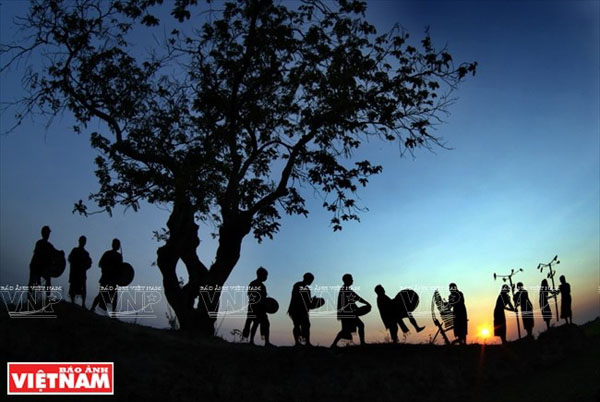
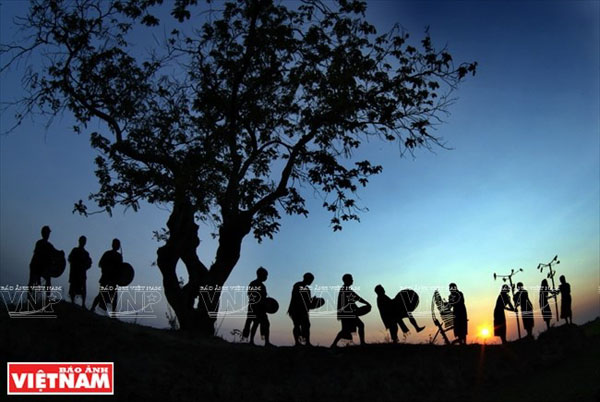
The Central Highlands gong culture
spreads across 5 provinces – Kon Tum, Gia Lai, Dak Lak, Dak Nong and Lam Dong.
The musical instrument has been practiced by Ba Na, E De, Co Tu, M’Nong and Gia
Rai ethnic groups. (Photo: VNA)
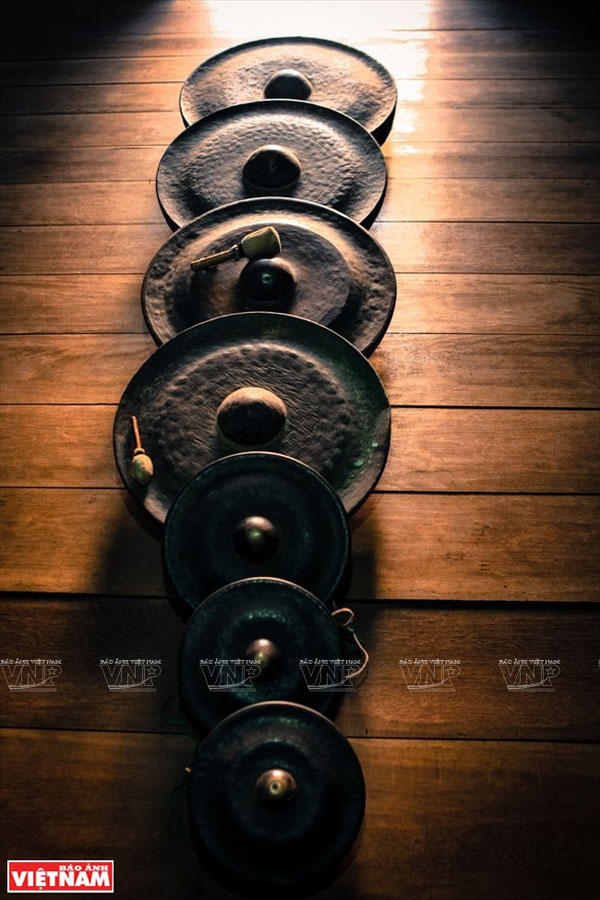
The gong cultural space was recognised as a Masterpiece of Oral and Intangible Cultural Heritage of Humanity by UNESCO in 2005. (Photo: VNA)
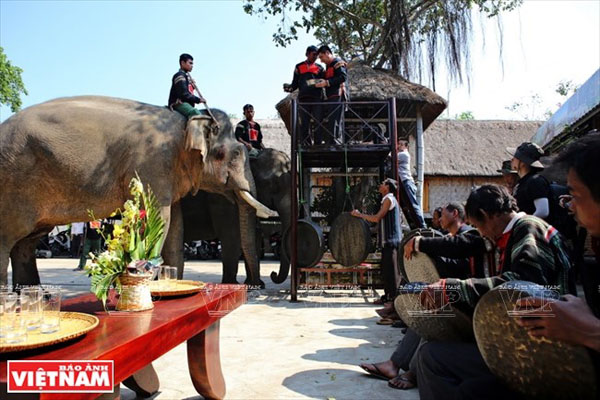
M’Nong people in Jun hamlet, Lak district, Dak Lak province play gongs at a ceremony to pray for the health of their elephants. (Photo: VNA)
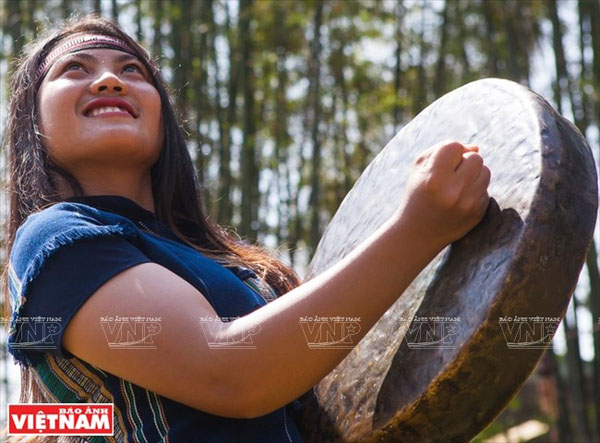
A Xo Dang girl plays a gong. (Photo: VNA)
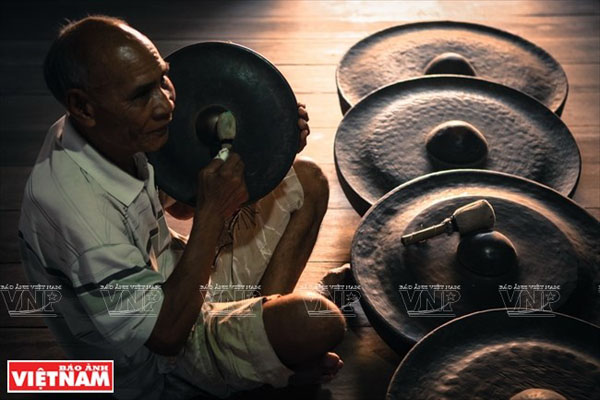
Patriarch of Jun hamlet Y Tong Drang tests the sound of gongs. (Photo: VNA)
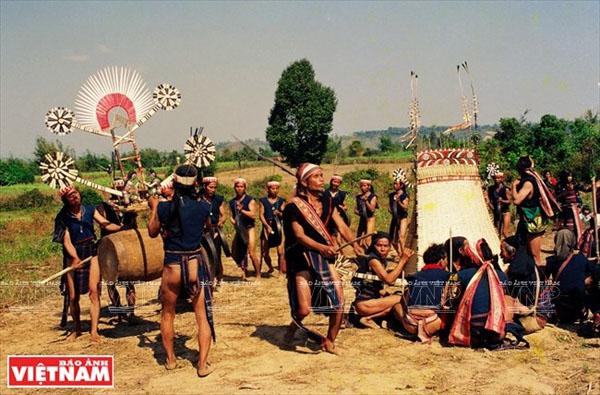
Gia Rai people play gongs at a grave-leaving ceremony. (Photo: VNA)
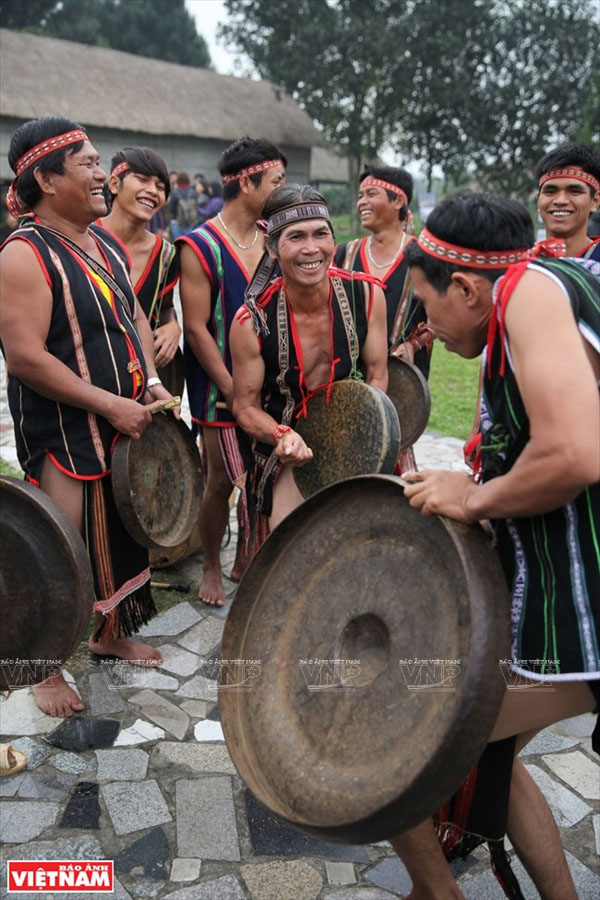
Folk artisans from the Central Highlands play gongs at the Vietnam National Village for Ethnic Culture and Tourism in Hanoi. (Photo: VNA)
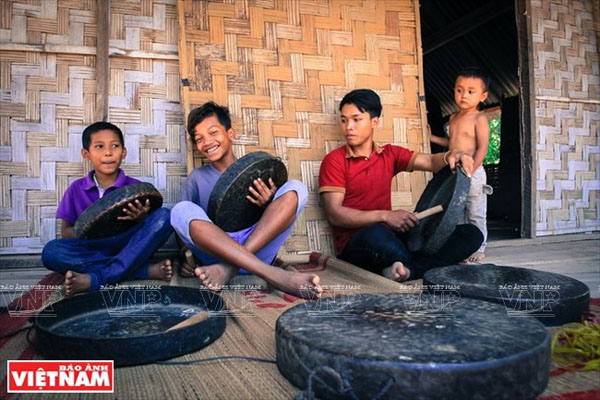
M’Nong children in Jun hamlet learn to play gongs. (Photo: VNA)
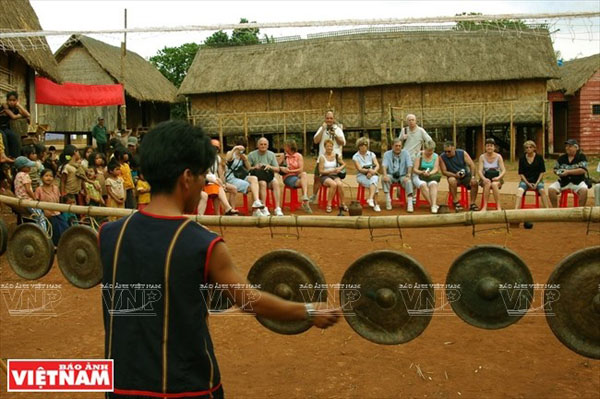
The musical instrument has become a tourist attraction in the land of forests and mountains. (Photo: VNA)
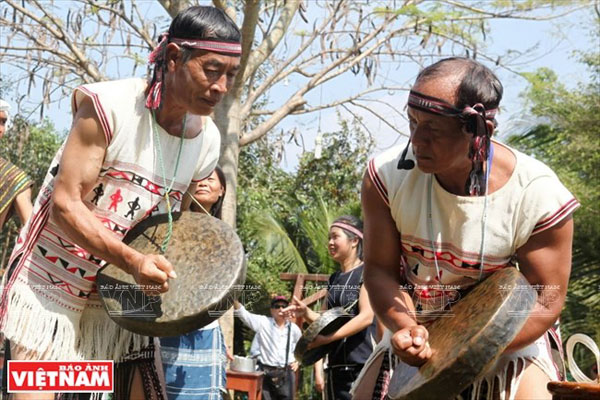
A gong performance (Photo: VNA)
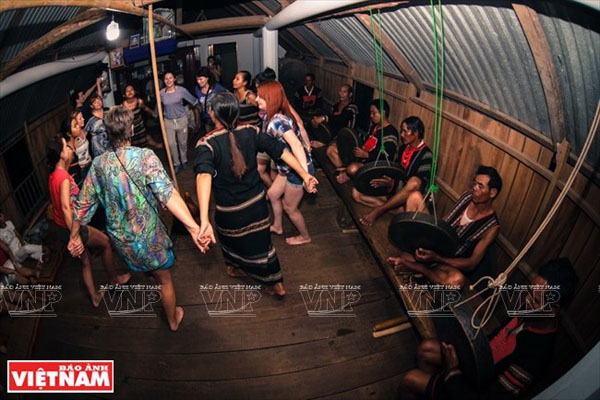
Foreign tourists dance to the sound of gongs performed by M’Nong artisans inside a traditional long house.(Photo: VNA)
Source: VNA
Hoa Binh City is wearing a fresh, bright, green, clean and beautiful appearance before the Spring of At Ty. Below are notes from Hoa Binh Newspaper reporters in Hoa Binh City during the days leading up to Lunar New Year 2025.
The Ministry of Construction recently conducted an appraisal and evaluation of the proposal to recognize Hoa Binh City as a Class II urban area under Hoa Binh Province. The appraisal council agreed that Hoa Binh City meets the criteria for a Class II urban area with a score of 84.16 out of 100. The city is currently focusing on improving its infrastructure, enhancing its urban aesthetics, and aiming to become a modern urban area with a unique identity.